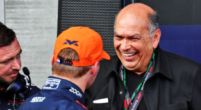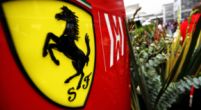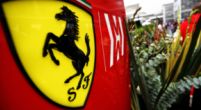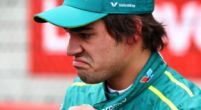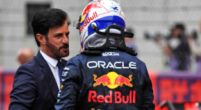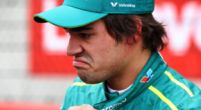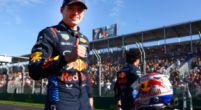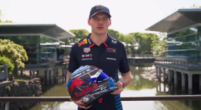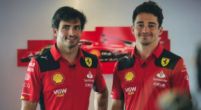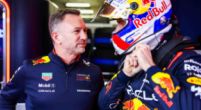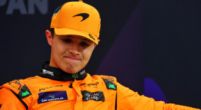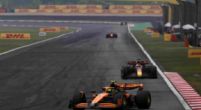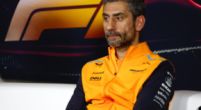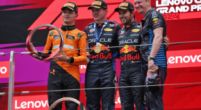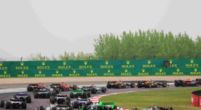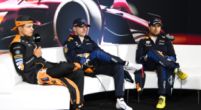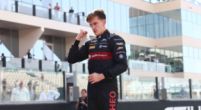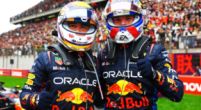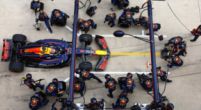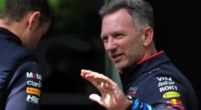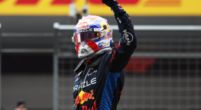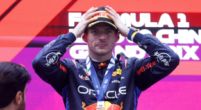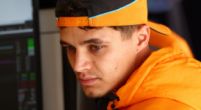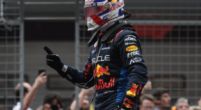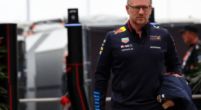F1 News

Analysis | The twisty streets of Monaco say advantage Ferrari over Red Bull
The 2022 Monaco Grand Prix is just around the corner. It's always a unique race on and off the track, but this year it's even more exciting. Formula 1 is equipped with new rules and regulations that has created many different philosophies across the teams. Any predictions for the narrow, twisty circuit in Monte Carlo are extremely difficult, but GPblog digests the data to form an analysis ahead of the event.
Sector three in Barcelona
Last weekend saw F1 drivers and teams compete in the 2022 Spanish Grand Prix. The Barcelona circuit is completely different to the street circuit in Monaco, though the final sector in Barcelona can provide some insight into what we may see this coming weekend. The sector contains some slow corners, including a tight chicane before the cars head around one final corner to the home straight.
If a team performs well in this sector, it's often a good indication their car can attack the slow chicane well, which is something that is needed in Monaco. Though it has to be noted that the Spanish track requires a completely different car set-up and some of the data in Spain might be altered because the car is set up for the first two sectors. An example of this could well be Mercedes, who set the fastest qualifying time in sector one, the second-fastest time in sector two, yet hit the midfield in sector three. Over the course of the season, Mercedes have handled the slower corners better than this.
During the first part of the 2022 season, Ferrari have been better in the slow-medium speed corners compared to Red Bull. The Italian cars have much better traction in this area and can therefore accelerate faster. Therefore, it wasn't a surprise to see Ferrari achieve the fastest sector three time in qualifying. Though it's important to note that Charles Leclerc spun during his first attempt in qualifying. Below, the data is listed.
| Best sector three in Q | Time/Difference |
| Ferrari | 27.336 |
| Red Bull | +0.075 |
| Alfa Romeo | +0.107 |
| Haas | +0.225 |
| Mercedes | +0.362 |
| McLaren | +0.432 |
| Alpine | +0.560 |
Despite the changes Ferrari made to their car, they still recorded quicker times than Red Bull. Valtteri Bottas has been one of the most present drivers in Q3 this season, and perhaps the narrow streets of Monaco provide him with another chance. Maybe Bottas has a chance of a front-row? The Mercedes result seems to be a bit of an anonymous result, in relation to a set-up change.
Comparing Leclerc and Verstappen's fastest laps in the Bahrain Grand Prix on the telemetry and an interesting notation can be made on the medium speed corners in the second sector. Leclerc had far better acceleration out of the medium speed corners, suggesting the Ferrari has better traction. Ferrari, at turn 6/7 and turn 12 had 12km/h advantage over Red Bull suggesting there is extra downforce on the Italian car. Of course, many updates have been added to the cars since the opening Grand Prix almost three months ago but the general trend is still present.
In Australian GP qualifying, Verstappen was actually ahead of Leclerc going into the final two/three corners on the circuit with a delta of 0.142 seconds. But Leclerc pulled it back to get pole position by almost three tenths through this twisty final sequence of corners.
At turn 12 in his quickest qualifying lap, Verstappen engaged a minimum 33% of throttle whereas Leclerc only dropped to 59% proving the Ferrari car still has better traction through these slow-medium speed corners. Leclerc is able to have much more confidence in this section and it proved to be a crucial swing in the lap time. This difference could also indicate that the Ferrari is able to manage its tyres better when you get to the end of the lap.
Overtaking around Monaco
Qualifying for the Monaco Grand Prix is notoriously known as the most important Saturday session of the entire year. Though that point isn't exactly true when looking at the data. It wasn't the case last time out in Spain but pole position in Barcelona has won an incredible 72% of races. Monaco is still high for Formula 1, but way down in comparison at 45%. Since 2015, pole position has won twice at Monaco. Prior to that, there was a six-race run of the pole-sitter also taking the victory on Sunday.
However, in the last four Monaco Grands Prix, there have been less than 10 on track overtakes combined. So what happened to the pole-sitter? In 2021, Leclerc secured pole position but crashed on the way back to the garage. Ferrari thought they had solved the problem, but on the way to the grid Leclerc broke down. There was no Grand Prix in 2020 due to the COVID-19 pandemic. In 2017, 2016 and 2015 the race-winning move occurred in the pitlane.
The pressure on the pit crew in Monaco is immense. The undercut is extremely powerful, and any mistake in the pitlane is, therefore, more costly. Mercedes estimate the drive-through time at 19.4 seconds. Against fresh tyres, that's difficult to combat. With the safety car probability at 60%, teams also have to be quick on the button to react and bring their driver in for an advantageous pitstop.
Our indications suggest that Ferrari will be on top, with Mercedes and Red Bull battling for the second row. Perhaps Valtteri Bottas can spring a surprise. Though we know, one small mistake in Monaco creates huge changes.

